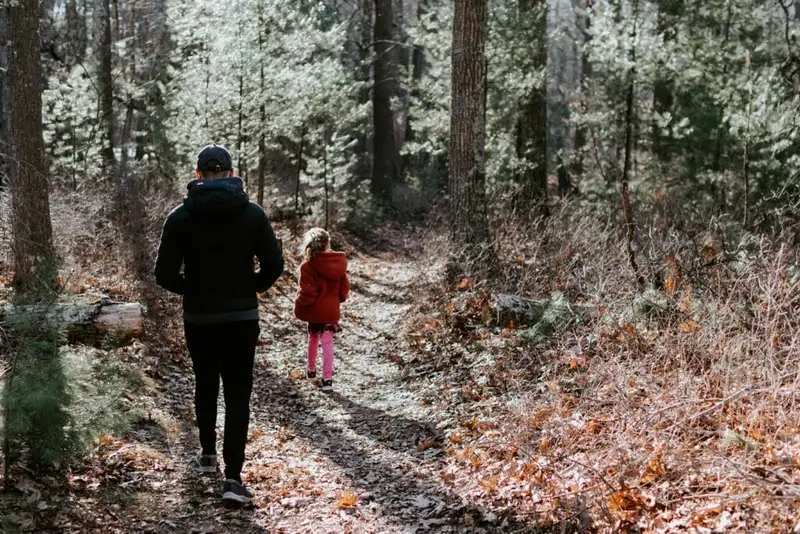Remember when Saturday afternoons meant settling in with a bowl of popcorn and watching those classic Westerns on television? If you grew up in the golden age of Hollywood, you knew that when Randolph Scott’s name appeared in the opening credits, you were in for something special. With his tall, lean frame, steely blue eyes, and that unmistakable drawl, Scott embodied everything we loved about the American cowboy—honor, courage, and a quiet strength that spoke louder than words.
1. Jesse James (1939)
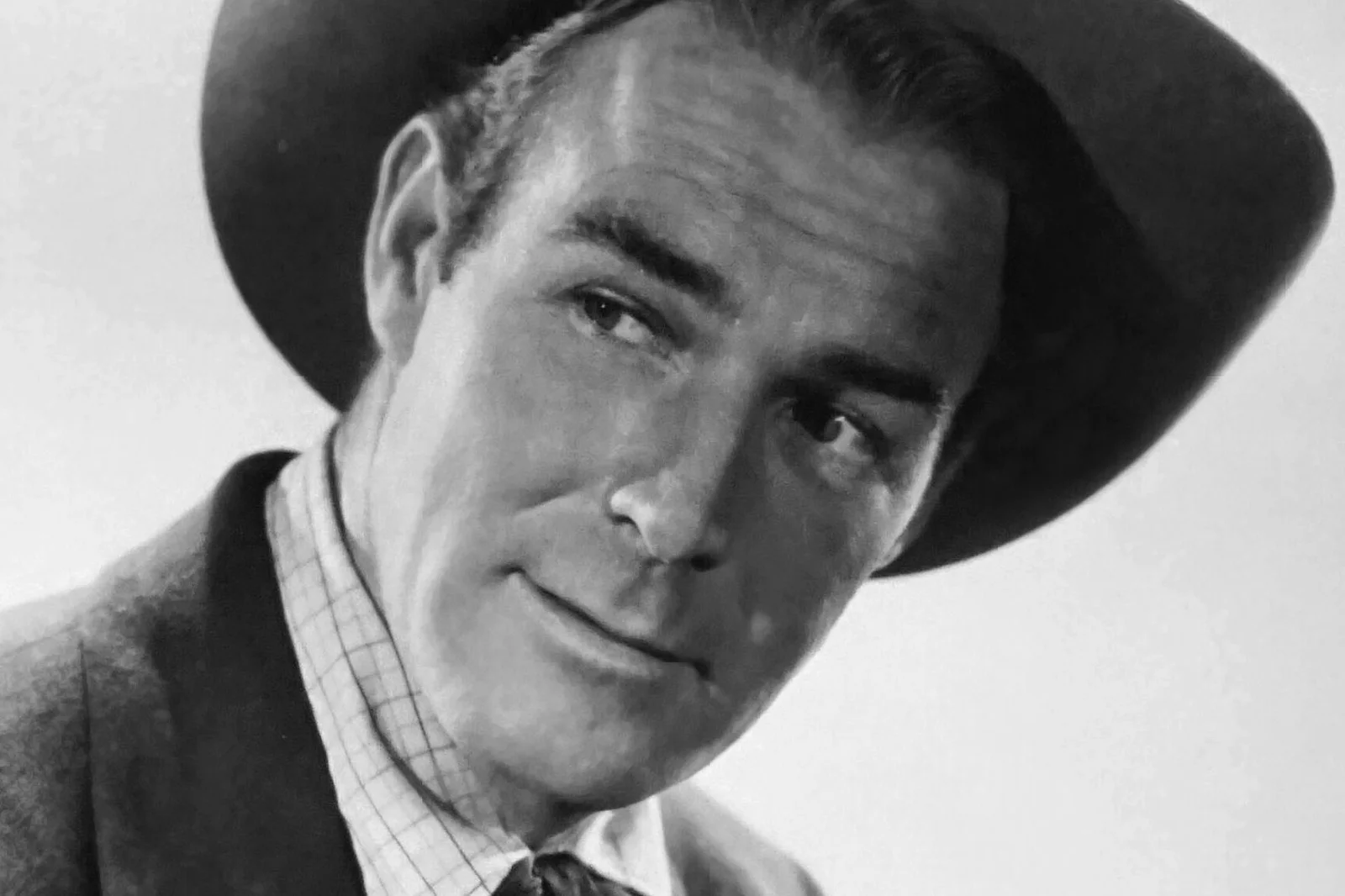
In this Tyrone Power vehicle, Scott played the devoted brother Frank James, proving he could hold his own alongside Hollywood’s biggest stars. His portrayal of Frank showed a man torn between loyalty to family and doing what’s right, a theme that would become Scott’s trademark. The chemistry between Scott and Power crackled on screen, making their brotherly bond feel genuine and heartfelt. Turner Classic Movies dives into the emotions that drove the plot of this gripping classic.
Scott’s Frank James wasn’t just a sidekick—he was the moral compass of the story, the voice of reason trying to steer his famous outlaw brother toward redemption. His performance reminded us that behind every legendary figure, there’s often a steadying influence working behind the scenes. The film showcased Scott’s ability to bring depth to what could have been a thankless supporting role, setting the stage for his future leading man status.
2. My Favorite Wife (1940)
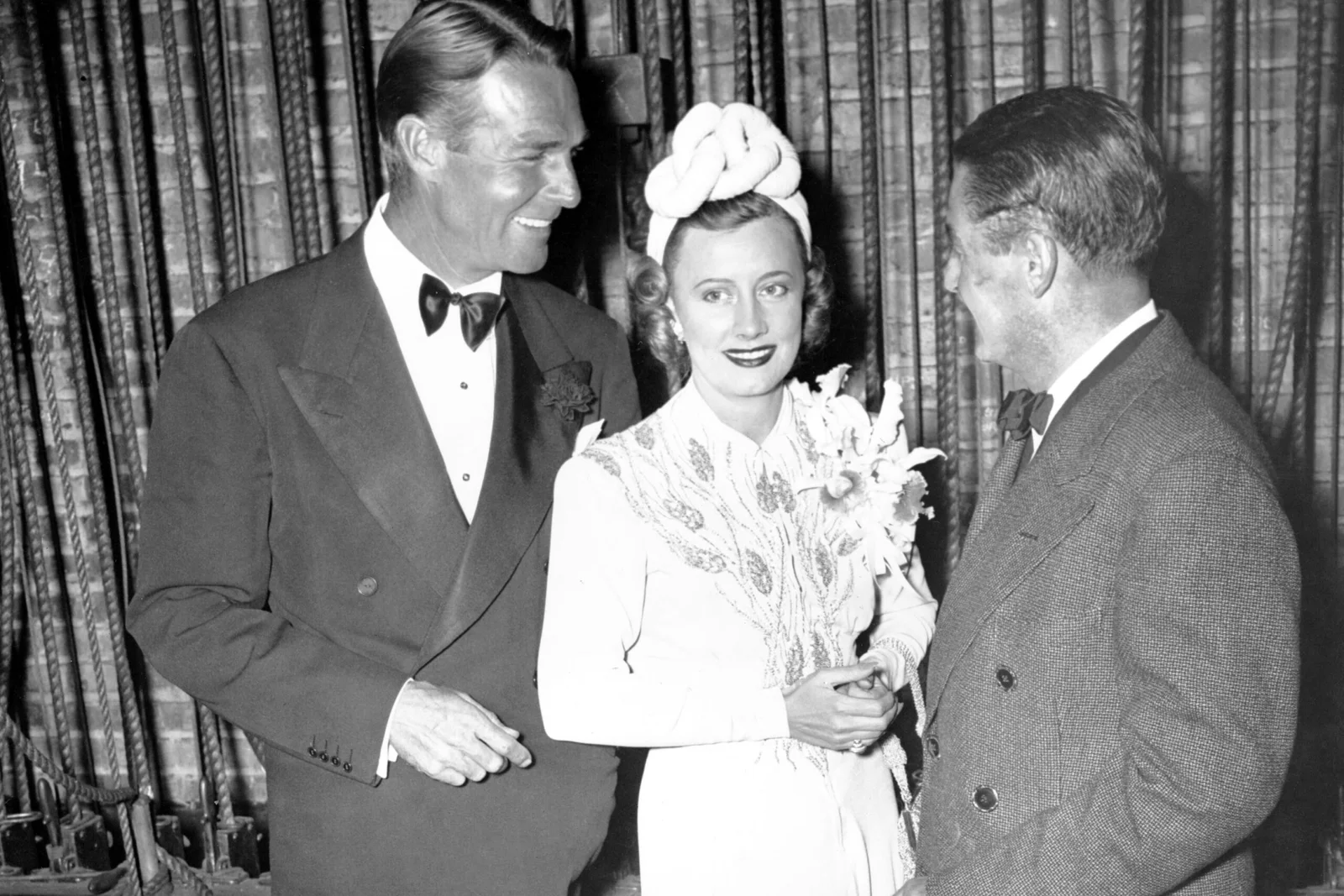
Before he became synonymous with spurs and six-shooters, Scott showed his lighter side in this screwball comedy opposite Cary Grant and Irene Dunne. Playing the rugged, outdoorsy type who’d been stranded on a desert island with Dunne’s character, Scott brought his natural charm to the romantic triangle that ensued. His easy-going nature and genuine likability made audiences root for him, even though we all knew Grant was going to get the girl in the end. Park Ridge Classic Film also reveals what future productions this film helped inspire.
Scott’s performance proved he was more than just a pretty face in a ten-gallon hat—he had genuine comedic timing and could handle romantic scenes with the best of them. The role showed his versatility as an actor, demonstrating that he could be just as comfortable in a drawing room as he was on the range. It’s a delightful reminder that our Western heroes were capable of much more than we sometimes gave them credit for.
3. Western Union (1941)
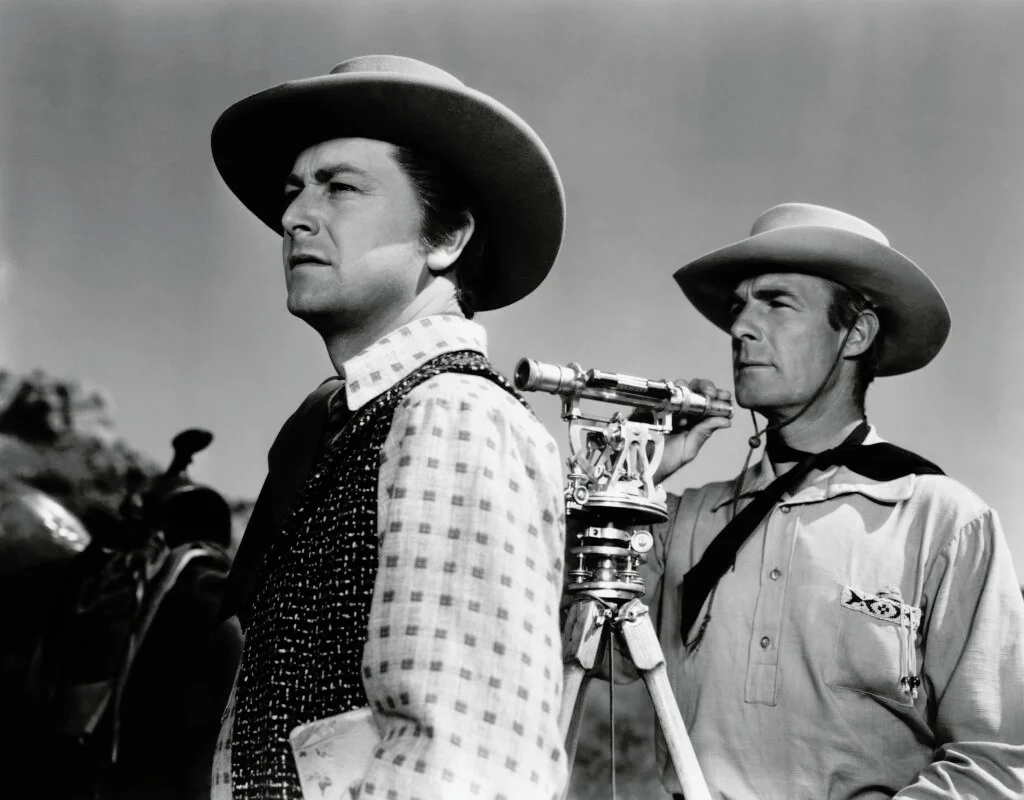
This early Technicolor Western found Scott as a reformed outlaw helping to string telegraph lines across the frontier, and what a sight it was to see him in glorious color for the first time. Director Fritz Lang brought his European sensibilities to the American West, and Scott rose to the occasion with a performance that balanced action and emotion perfectly. The film’s themes of progress versus tradition, civilization versus wilderness, played right into Scott’s strengths as an actor. Offscreen also notes that this film represented a big career triumph for others involved.
Scott’s character arc from outlaw to hero felt earned rather than forced, thanks to his naturalistic acting style that never seemed to be trying too hard. His scenes with young Robert Young showed a mentoring quality that would become another Scott trademark—the seasoned veteran passing wisdom to the next generation. The stunning Monument Valley locations and Scott’s commanding presence made this a Western that stayed with you long after the credits rolled.
4. Belle Starr (1941)
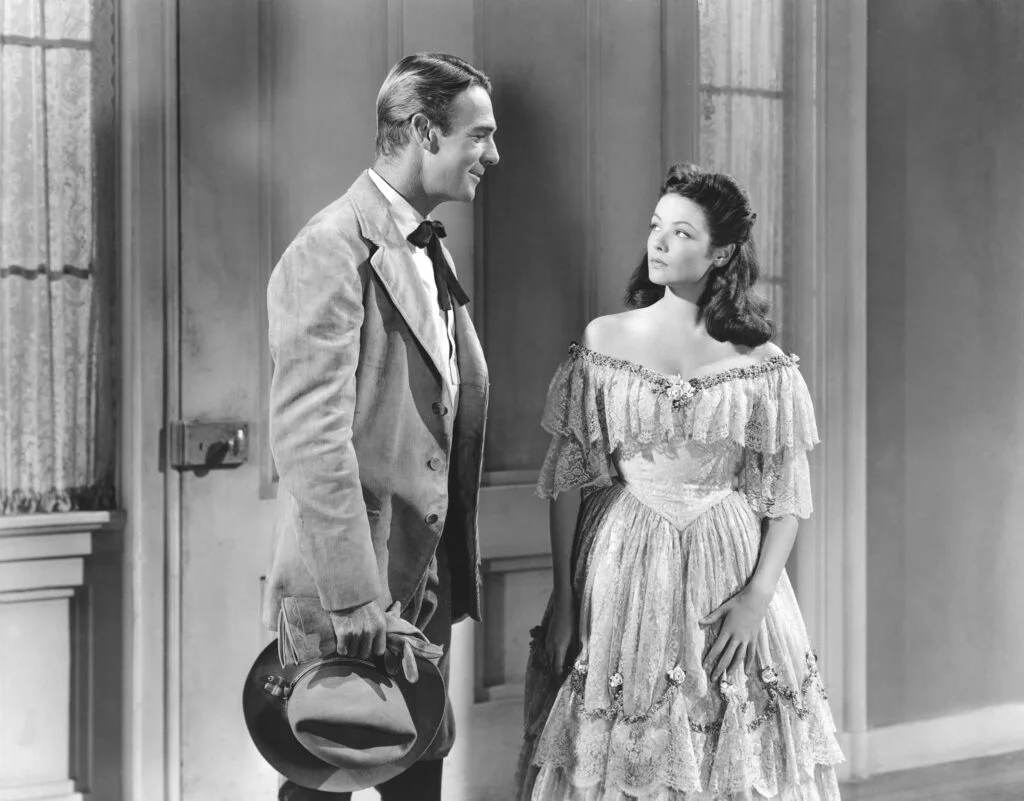
Paired with the fiery Gene Tierney, Scott played Sam Starr, the Cherokee husband of the notorious female outlaw, in a role that showcased his ability to hold his own opposite strong leading ladies. His portrayal of the conflicted husband who loved his wife despite her criminal ways added layers to what could have been a one-dimensional character. Scott brought a quiet dignity to the role that made Sam Starr sympathetic rather than weak.
The film tackled themes of prejudice and loyalty that resonated with audiences then and now, with Scott’s performance anchoring the more melodramatic elements of the story. His chemistry with Tierney sparked off the screen, creating a believable portrait of a marriage tested by external forces and internal conflicts. Scott’s Sam Starr reminded us that love sometimes means standing by someone even when they’re heading down a dangerous path.
5. Pittsburgh (1942)
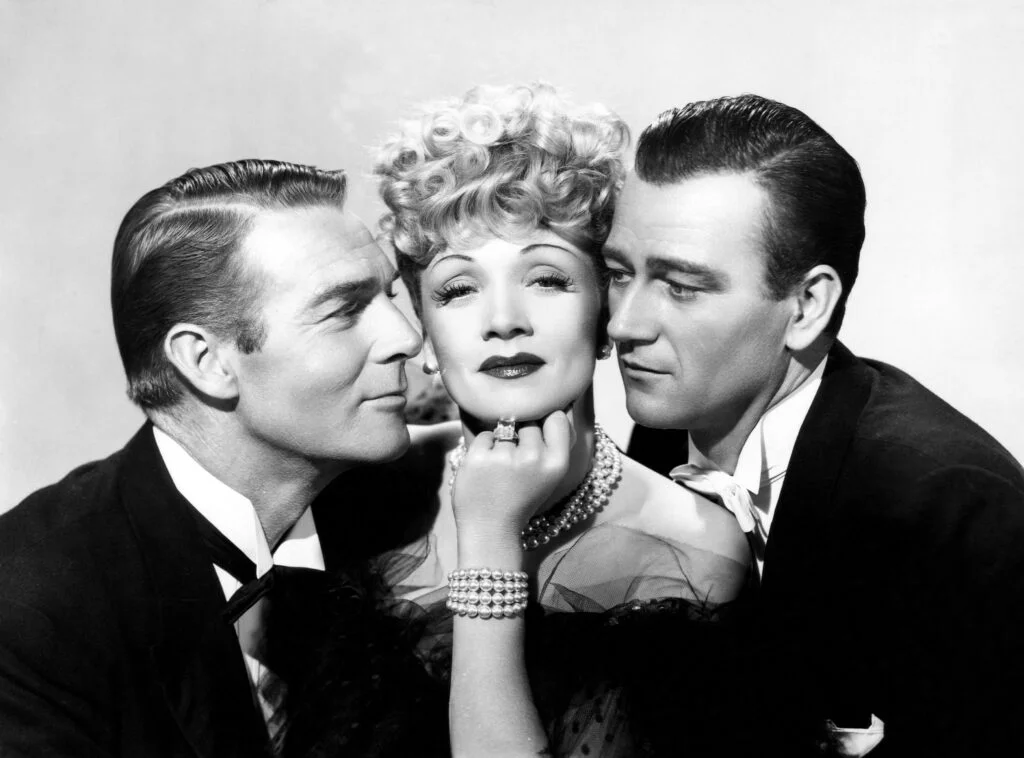
In this industrial drama, Scott held his own alongside powerhouse performers John Wayne and Marlene Dietrich, proving he could handle any genre with aplomb. Playing the educated, principled man caught between Wayne’s ambitious coal miner and Dietrich’s sophisticated socialite, Scott brought his trademark quiet strength to a role that required both toughness and sensitivity. The three-way dynamic crackled with tension, friendship, and unspoken romantic complications.
Scott’s performance as the voice of reason in a story about ambition and betrayal showed his range as a dramatic actor beyond the Western genre. His character served as the moral center of the film, the steady hand that tried to keep his friends from destroying themselves in their pursuit of wealth and power. The role demonstrated that Scott’s appeal wasn’t limited to wide-open spaces—he could command attention in boardrooms and drawing rooms just as effectively as he did on horseback.
6. The Desperadoes (1943)
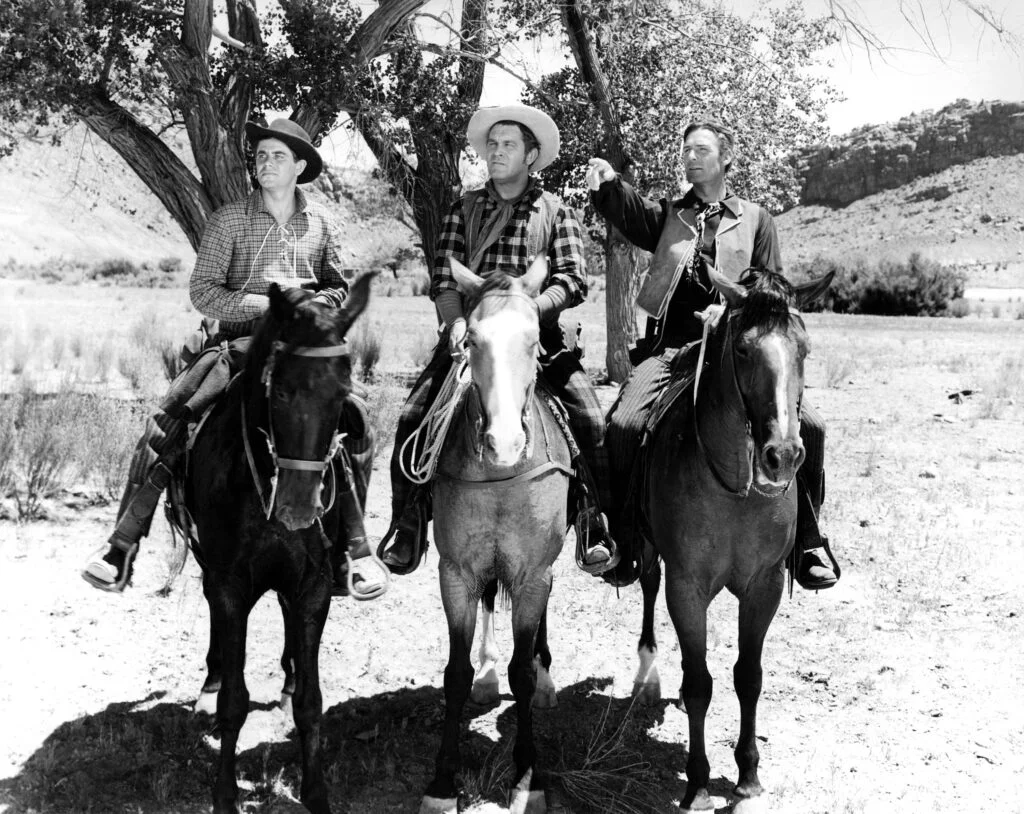
This Columbia Pictures Western showcased Scott in glorious Technicolor as a sheriff going undercover to catch a gang of bank robbers, and he looked every inch the heroic lawman. The film’s bright colors and Scott’s commanding screen presence made for a perfect marriage of star and story. His portrayal of Cheyenne Rogers balanced law and order with a understanding of frontier justice that wasn’t always found in law books.
Scott’s chemistry with Glenn Ford, playing his deputy and eventual replacement, highlighted his generous nature as a performer—he never seemed threatened by sharing scenes with other talented actors. The film’s action sequences, including a memorable stagecoach chase, gave Scott plenty of opportunities to show his physical prowess and horsemanship. His Cheyenne Rogers was the kind of sheriff you’d want protecting your town—fair but firm, quick with a gun but quicker with his wits.
7. Gung Ho! (1943)
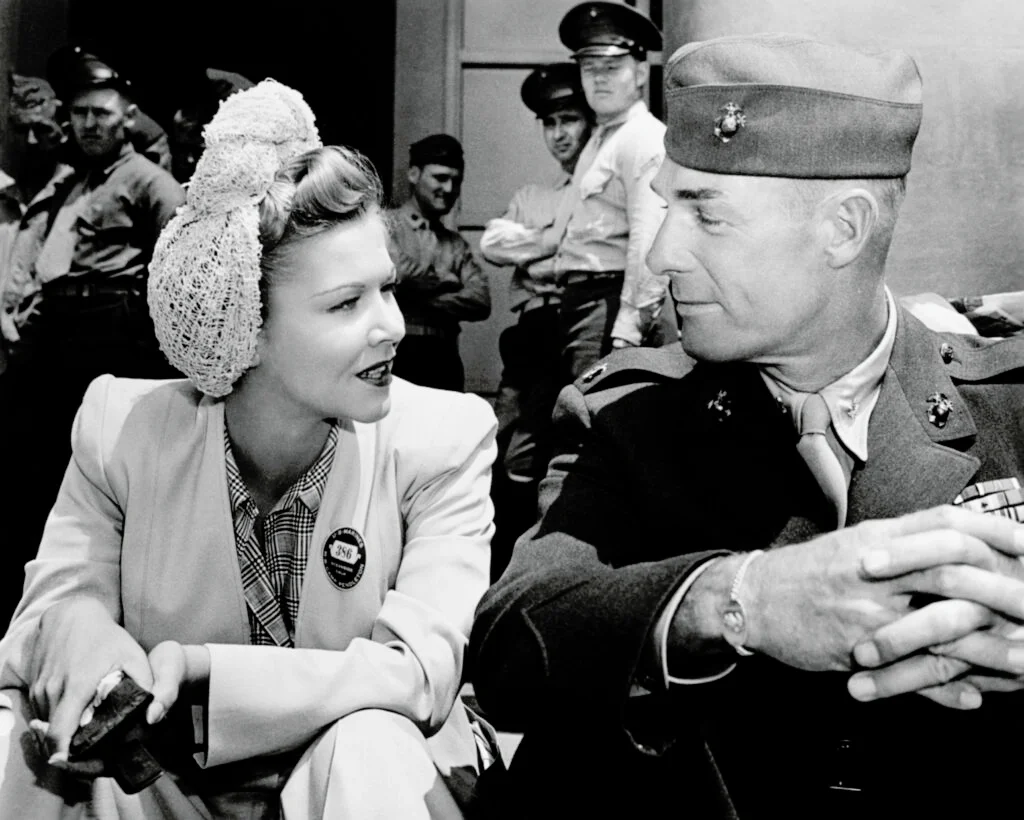
Scott’s portrayal of Marine Colonel Thorwald in this World War II action film proved he could bring the same heroic qualities that made him great in Westerns to contemporary war stories. His leadership of the Marine Raiders on their dangerous mission to Makin Island showed the same quiet authority and moral courage that defined his best Western characters. The film tapped into wartime patriotism while showcasing Scott’s ability to inspire confidence in both his fictional Marines and the audience.
His performance balanced the gung-ho attitude the title suggested with a more thoughtful approach to the costs of war and leadership. Scott’s Thorwald understood that sending men into battle required more than just courage—it demanded wisdom, compassion, and an understanding of human nature. The role demonstrated that Scott’s appeal transcended genre boundaries, proving he could be just as effective fighting foreign enemies as frontier outlaws.
8. Abilene Town (1946)
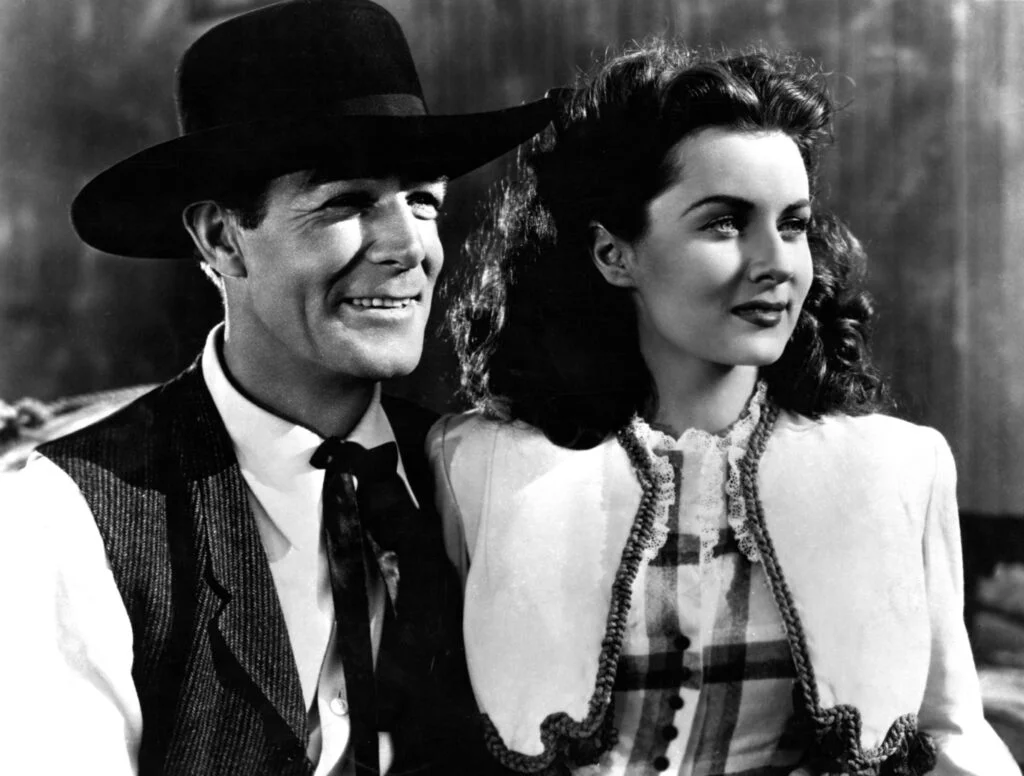
Returning to his Western roots after the war, Scott played Dan Mitchell, a sheriff trying to bring law and order to the wild cattle town of Abilene, Kansas. His performance captured the loneliness and burden of a lawman trying to civilize a frontier community that wasn’t entirely sure it wanted to be civilized. Scott’s Mitchell walked the fine line between the cattlemen and the townspeople, trying to find solutions that would work for everyone.
The film showcased Scott’s maturity as an actor and his deepening understanding of the Western genre’s possibilities for exploring complex social issues. His romantic subplot with Ann Dvorak added emotional depth to the story without overwhelming the main narrative about community building and the price of progress. Scott’s sheriff was no longer just a man with a badge—he was a thoughtful leader grappling with the challenges of bringing civilization to the frontier.
9. Badman’s Territory (1946)
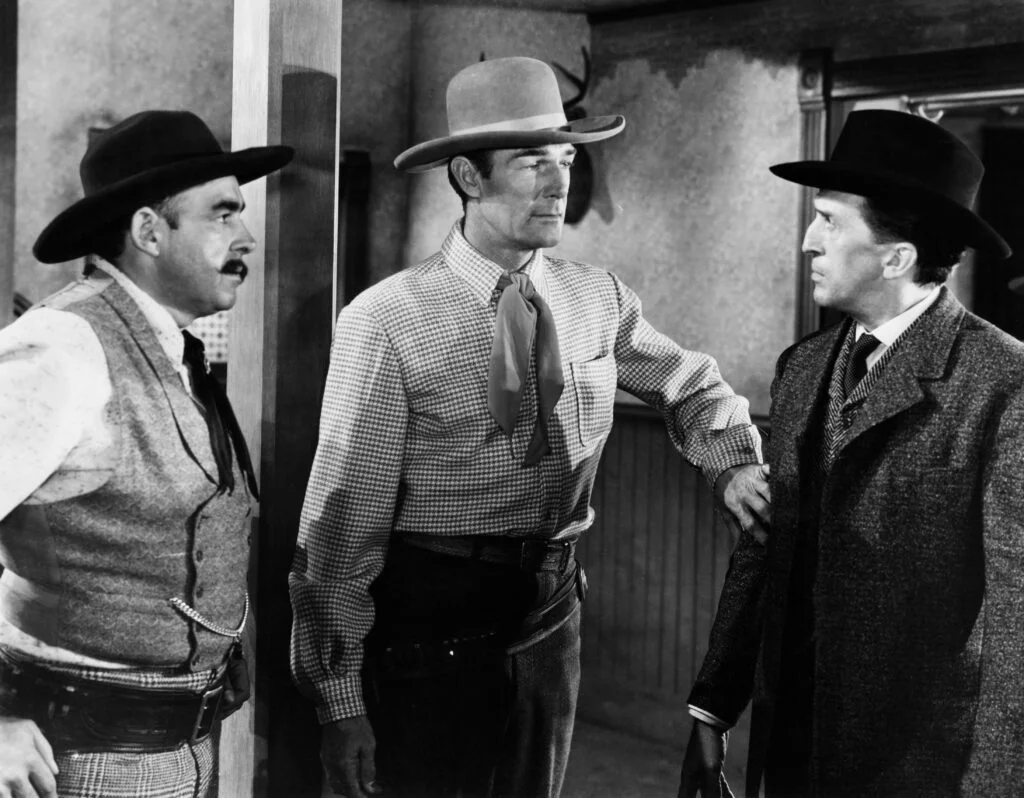
In this RKO Western, Scott played Mark Rowley, a government agent sent to clean up the lawless Oklahoma Territory, and he brought a world-weary authority to the role that spoke to his growing mastery of the genre. The film gathered together some of the West’s most notorious outlaws—the Daltons, the Youngers, Belle Starr—and Scott’s character had to face them all. His performance balanced the action requirements of the role with the psychological complexity of a man who’d seen too much violence and was tired of it.
Scott’s scenes with Ann Richards, playing the dance hall girl with a heart of gold, showed his ability to bring tenderness to even the toughest characters. His Rowley was a man who understood that real strength sometimes meant showing mercy rather than drawing iron. The film’s episodic structure, dealing with different outlaw gangs, gave Scott multiple opportunities to demonstrate his range within the Western framework.
10. Coroner Creek (1948)
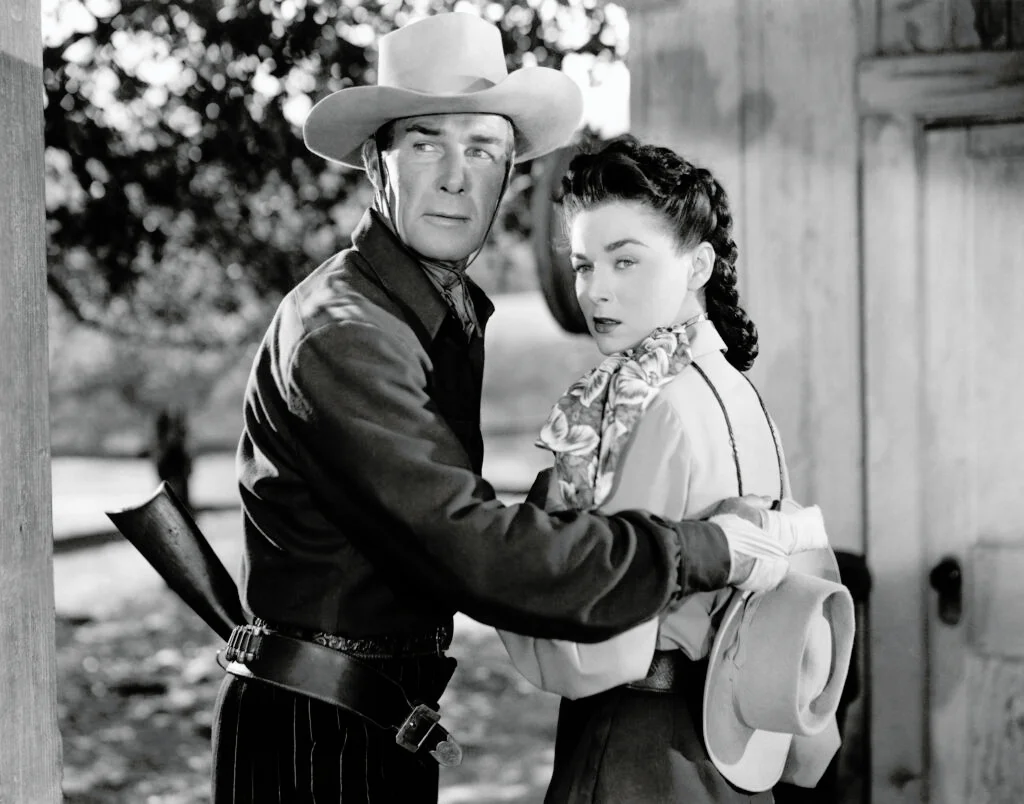
This Columbia Western found Scott on a quest for vengeance, playing Chris Danning, a man tracking down the people responsible for his fiancée’s death. Scott’s performance captured the obsessive nature of revenge while never losing the audience’s sympathy for his character’s pain. His portrayal showed how the desire for justice could slowly consume a man, changing him in ways he never expected.
The film’s psychological depth elevated it above standard revenge Westerns, with Scott delivering one of his most complex performances as a man struggling to maintain his humanity while pursuing his dark mission. His scenes with Marguerite Chapman, playing the woman who might offer him a chance at a new life, crackled with tension between past and future. Scott’s Danning faced the question that haunted many Western heroes—what happens when you finally get your revenge, and is it worth what you’ve become to achieve it?
11. Canadian Pacific (1949)
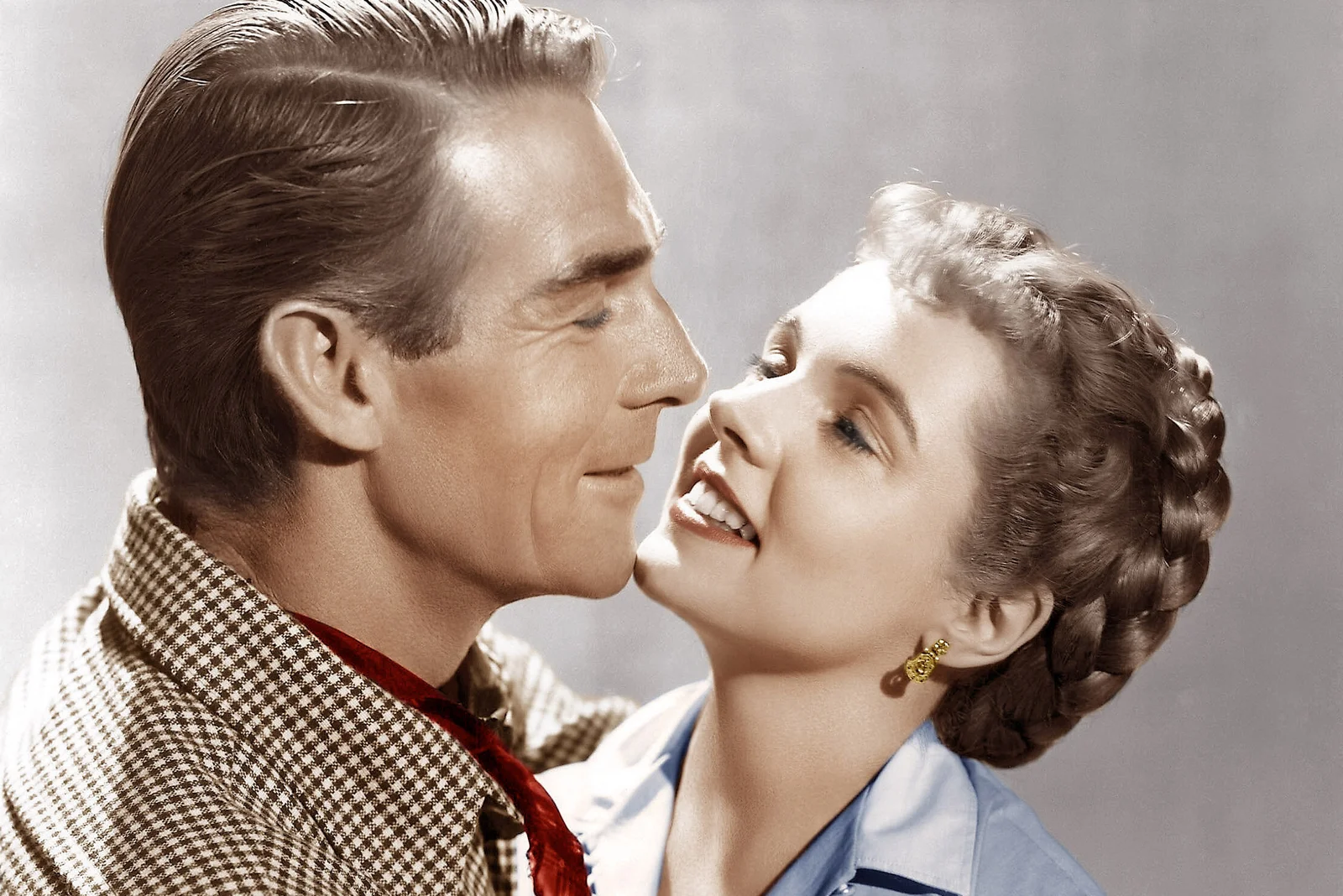
Scott played Tom Andrews, a surveyor helping to build the Canadian Pacific Railway through the rugged wilderness, in a role that combined his Western persona with themes of progress and nation-building. His performance captured the determination and vision required to undertake such a massive project, while also dealing with the human conflicts that arose along the way. Scott’s Andrews was an engineer and a diplomat, equally comfortable with blueprints and six-shooters.
The film’s spectacular Canadian Rocky Mountain locations provided a fitting backdrop for Scott’s commanding screen presence, and his romantic scenes with Jane Wyatt added emotional warmth to the story. His character’s struggles with hostile Indians, corrupt contractors, and natural disasters showcased Scott’s ability to make even the most challenging situations seem manageable through sheer force of will and character. The role demonstrated how Scott could take the Western hero archetype and adapt it to stories about building the modern world.
12. The Tall T (1957)
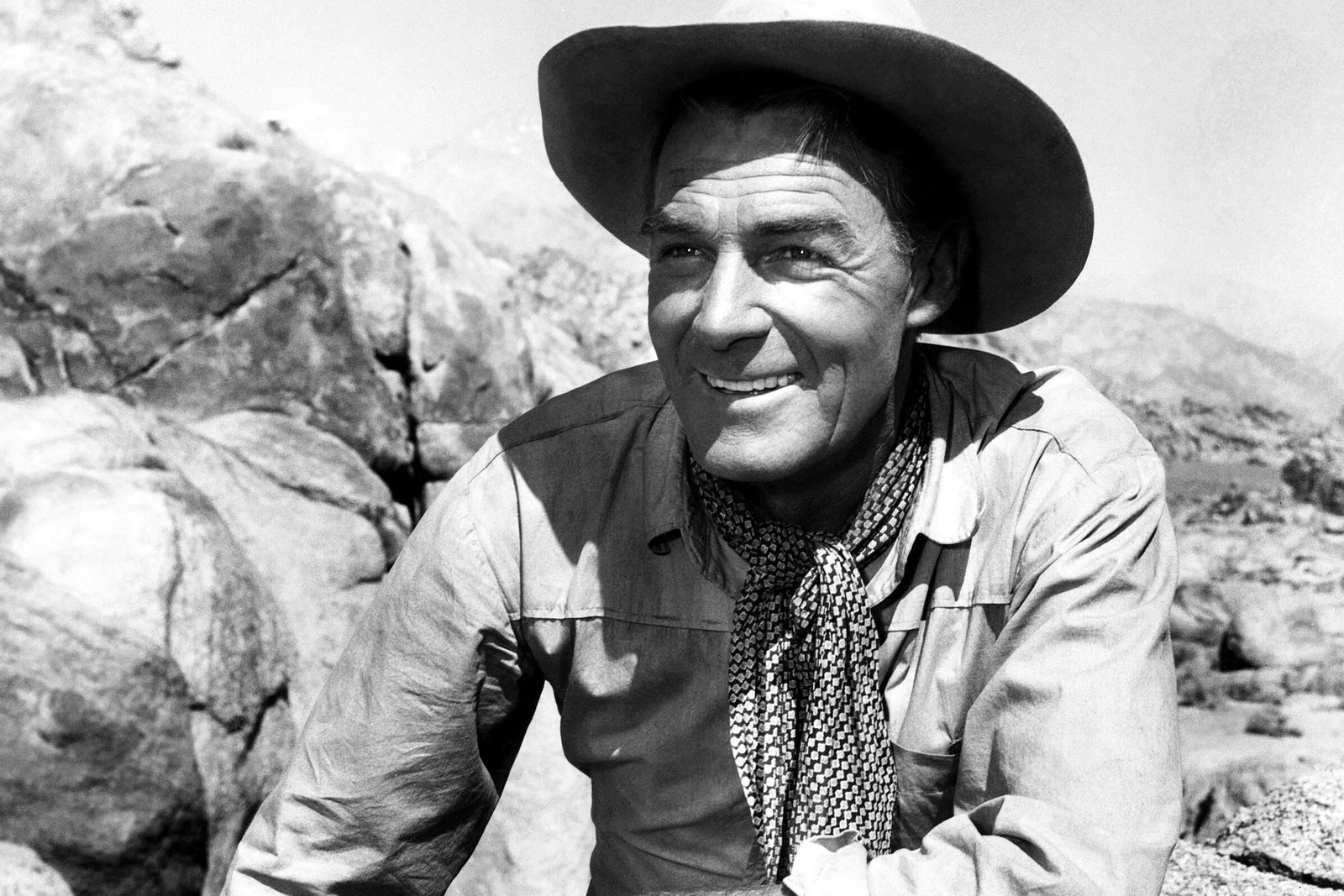
In this Budd Boetticher-directed masterpiece, Scott delivered one of his finest performances as Pat Brennan, a middle-aged cowboy facing three dangerous outlaws in a deadly game of survival. His portrayal of Brennan showed a man who’d lived long enough to understand both the value of life and the necessity of sometimes fighting for it. Scott’s performance was lean and focused, every word and gesture carefully chosen for maximum impact.
The film’s psychological complexity, with Scott’s character forming an unlikely bond with the lead outlaw while protecting the other hostages, showcased the depth Scott had developed as an actor over his long career. His scenes with Maureen O’Sullivan, playing the frightened wife, demonstrated his ability to project both strength and gentleness. This late-career performance proved that Scott had lost none of his screen presence or acting ability—if anything, age and experience had only deepened his craft.
Those Saturday afternoons watching Randolph Scott taught us about more than just good guys and bad guys—they taught us about integrity, perseverance, and the quiet strength that comes from knowing who you are and what you stand for. Scott never needed to raise his voice or grandstand to command attention; his presence alone was enough to fill the screen and capture our imaginations. In an era when heroes were larger than life, Randolph Scott showed us that sometimes the most powerful performances come from understanding that real strength doesn’t need to shout—it just needs to be there when it matters most.


